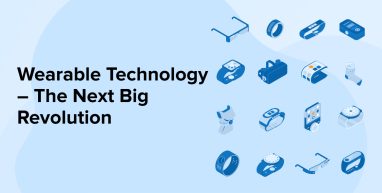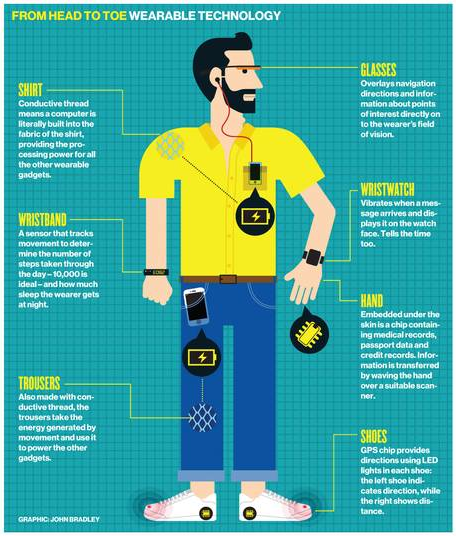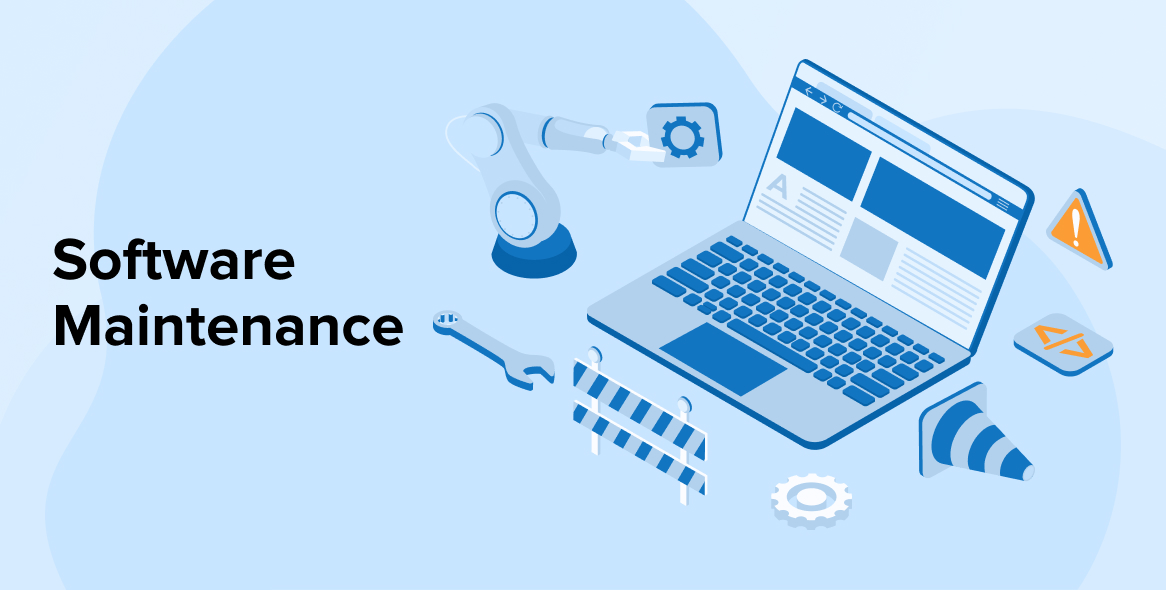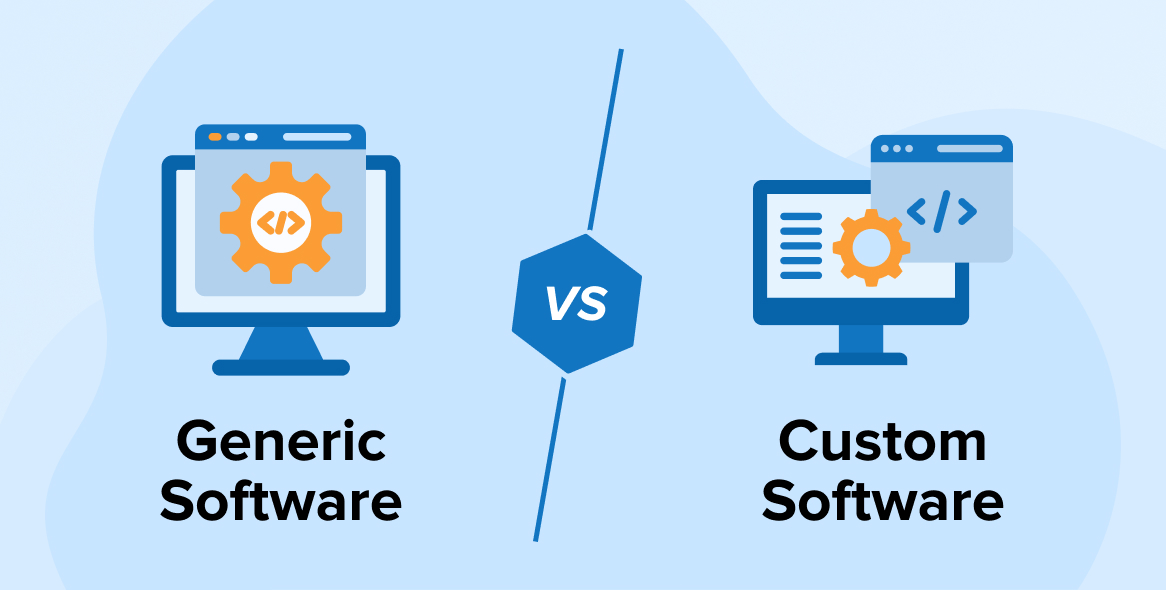
What is Wearable Technology?
As the name suggests, Wearable Technology is a category of devices (gadgets) that people can wear. Some of the popular gadgets that may come to our mind are fitness bands, trendy headphones, digital watch, glasses, virtual reality headset, etc. Some gadgets include tracking information related to health and fitness while others have motion sensors, data capture sensors, cameras, etc. that sync with your mobile devices.
While the clue is in the name, it doesn’t quite tell the whole story. Let us try to understand the wearable technology with the help of a diagram.

Examples of Wearable Technology
Following are the examples of wearable technology:
- Activity Trackers: An activity tracker (also known as fitness band or smart wristband) is a device for tracking fitness-related metrics such as distance walked or run, calories burnt, and in some cases heartbeat and quality of sleep. Some of the devices also serve as a smart watch, gives incoming calls alert, messages, and has many other interesting features.
It looks cool as a fashion accessory, but most importantly, it has increased health awareness. It has transformed healthcare industry by allowing continuous monitoring of patients without hospitalization. - Smart Eyewear: Smart eyewear is a wearable headset that resembles a pair of eyeglasses. One of the most popular eyewear we know is Google Glass, which is a voice-controlled Android device that displays information directly in the user’s field of vision, something that you might have seen in movies like Terminator. Google Glass offers an augmented reality experience by using visual, audio and location-based inputs to provide relevant information.
Note: Though Google Glass experimental version Google X is discontinued from January 15, 2015, Google is ready with their “graduate” version and filed application with the Federal Communication Commission to roll out. - Smart T-shirt: The Smart T-shirt is a wearable technology capable of recording the person’s movement, heart rate, and respiration. It sends the captured biometric data to an app so that the user can track their fitness without wearing anything else besides the smart t-shirt.
- Smart Shoe: Smart Shoe is a wearable technology which guides the wearer to navigate without looking at the map application of their smartphone. This device consists of pre-programmed insoles with sensors which are connected to the smartphone via Bluetooth. Once the route has been selected, it vibrates or buzzes to inform wearer when and where to take turns to reach their destination.
Wearable Technology has been one of the hottest trends since long. There’s been a lot of buzz about wearables such as Google Glass, Apple’s iWatch, Samsung’s Galaxy Gear smartwatch, etc. There are many such gadgets being launched regularly and we hope to see lots of these coming in near future!
Wearable Technology at Workplace
It is generally assumed that wearable technology is for personal use only, but it surely find its way in the enterprise world. It’ll depend on the individuals and businesses to find out creative ways of using these wearables in improving their operational efficiencies, marketing, customer engagement and the way they do business. Here are few ways that wearable technologies could be used in business and commercial setups.
- Employee Wellness: Organizations can use wearable devices to track employee health as part of wellness programs. Fitness monitors can keep check on employee’s activity levels. This data can be tied into health insurance policy premiums or other incentive programs to reduce healthcare costs.
- Demonstrations, training, troubleshooting: Augmented Reality headsets can be used to demonstrate what exactly one is seeing – in real-time or on demand, with colleagues or customers. This technique finds its usefulness in multiple industries, like hospitality, real estate, advertising, healthcare, mechanical, construction, etc.
- Travel: Wearable headsets, like Google Glass, can help both business & leisure travelers discreetly access information on unfamiliar localities without using their smartphones.
- Sports and Entertainment: Wearables like smart t-shirt and wearable cameras can be used by sportsmen, athletes or stage performers, which can capture their movements, metrics and experiences that can be shared with their fans. Imagine, during a cricket match audience can know whether the batsman’s heart-rate spikes while facing a fast bowler, his experiences during crucial moments of the game, or fans can exactly see what a batsman is seeing at the time of hitting a ball!
- Advertising: Wearables can create more opportunities for businesses to reach and connect with their target customers. Moreover, it’ll add to the ad inventory and revenues.
- Shopping: Wearable technology will give retailers an opportunity to connect the dots between pre-store and in-store consumer behavior, and reach a new level of interconnected retail.
- Shipping and Logistics: Wristbands can play an important role in streamlining logistics. For example, U.K. supermarket chain Tesco gives armbands to staff in a distribution center in Ireland. These can track the goods being transported across 9.6 miles of shelving, eliminating the need to mark clipboards and giving mangers estimated completion times.
- Police, traffic, security: One of the best use of wearable cameras and smart watches can be done by police, security, and traffic officials. A smart camera on the cap/helmet of a police official can capture the movements happening around, can take evidence of incidents or traffic rules violations, accidents, etc. A smart watch can provide critical information and updates on the go.
- Emergency Workers: A smartwatch might seem like a purely consumer-facing device, but it can offer vital data at a moment’s notice to certain emergency workers or medical personnel.
- Sales and Marketing: The rise of wearable devices will create new means for sales and marketing, including smarter, more robust customer data collection, and stronger insights into user interaction. Sales professionals can get access to CRM or prospect/client information on the go. Augmented reality devices can be used in giving product demonstrations.
Success of Wearable Technology
One of the key factors that will determine the success of such wearable technologies is the associated “software” of the device. It is absolutely critical to have a seamless integration and synchronization between hardware and software. The software must accurately capture the data sent by hardware, analyze the data, and present it to the end user such that they can derive intelligence and take meaningful decisions. For example, the data captured by sensors (hardware) of a wearable device has to be recorded, synced and analyzed by its associated software like a mobile app or a web-based dashboard. If this is not done properly, the wearable technology will just remain a cool fashion accessory and won’t be successful for its real purpose.
For organizations developing such wearable technologies as well as the organizations planning to use it, a right software development company will play a critical role in success, in terms of developing the right software solutions, mobile apps, and big data analytics solutions. Ultimately, the goal of wearable technology is to make tasks easier, more efficient, more effective or simply more fun. We can expect more such devices to be launched in future, but a right combination of hardware + software will decide its success!





Comments
Leave a message...